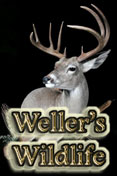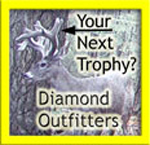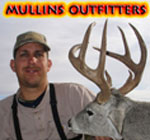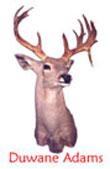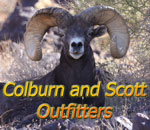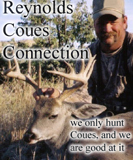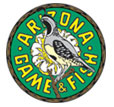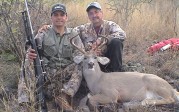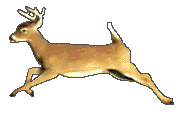Biology
Coues Deer Sign
Deer leave a variety of sign that can let you know where they have been even if you don’t see them. The most obvious of signs are scat (feces) and tracks. Coues deer scat is in the form of small pellets. The pellets will vary in color from greenish (when really fresh) to brown or black and even gray or white (when really old). The photos below show some of the variation in colors. Coues scat can be clumpy if the deer is eating a really moist diet. Deer scat will also be moist when fresh, but dries fairly quickly. Scat that is somewhat fresh may appear dry on the outside but still be moist on the inside.
All photos by A. Moors.
Scat
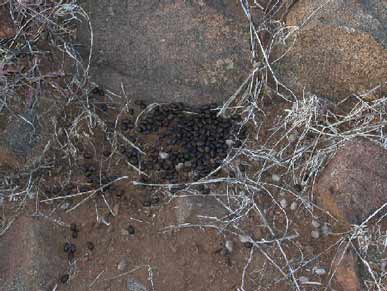
Coues deer scat next to rock
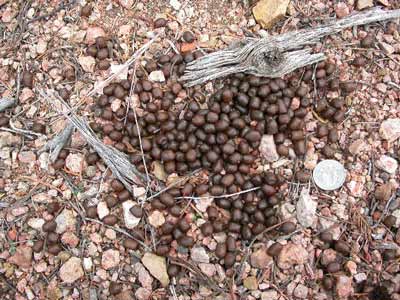
There is a quarter in this photo to show scale
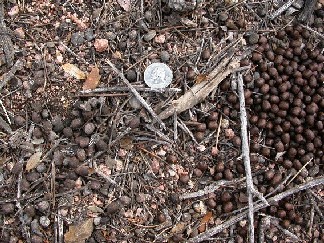
This photo shows older scat on the left and newer scat on the right.
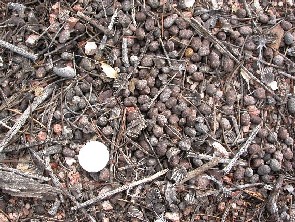
Very old scat showing the whitish-gray color.
Tracks
Deer also leave tracks when they travel through an area. Good places to look for tracks include washes, hillsides, and saddles. Also check any area that has muddy soil like around a stock tank, spring or river. Looking at tracks can tell you the size of the animal and what it was doing there (i.e., running, walking, pawing at the ground). White-tailed deer and mule deer have very similar tracks, but mule deer are larger. Mule deer tracks tend to be about 2.5- 3 inches long while Coues tracks tend to be 2 to 2.5 inches long. Sometimes people confuse javelina and whitetail tracks. Javelina tracks are fairly easy to distinguish due to their smaller size (1 to 1.5 inches long) and blunter tips (see photos below).
Tracks can help determine when an animal uses an area.
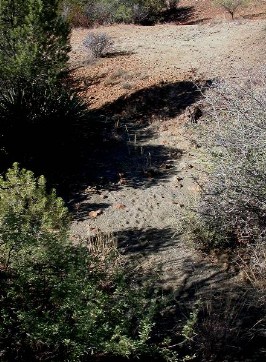
This photo shows a game trail that crosses a dry sandy wash.

